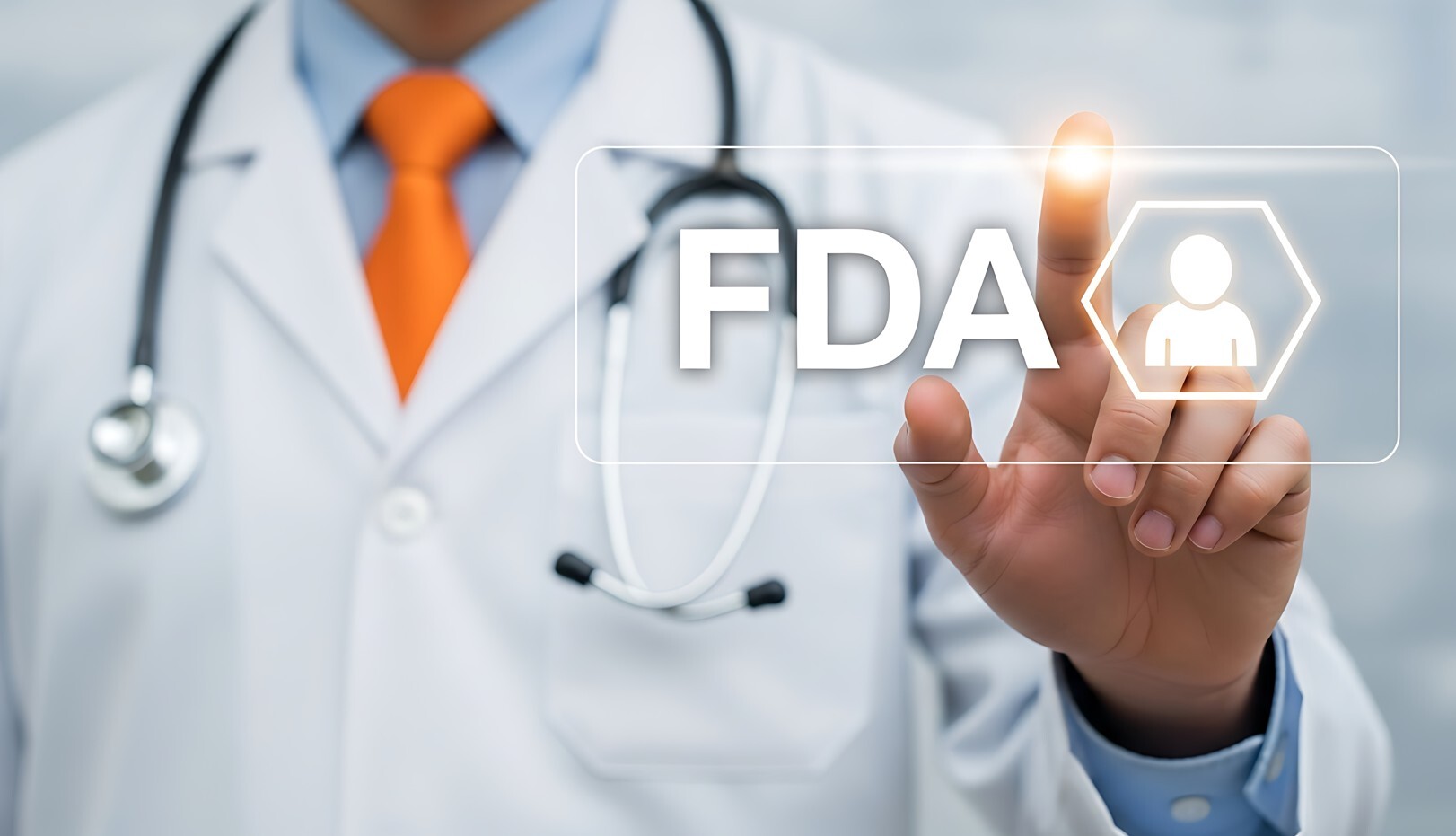The U.S. Food and Drug Administration (FDA) is the federal agency responsible for protecting public health by ensuring that drugs, biologics, and medical devices are safe and effective. For medical devices specifically, the FDA not only reviews products before they are marketed but also tracks their performance once they are in use. To make this information accessible, the FDA maintains several searchable databases where you can verify whether a device has been cleared or approved, view supporting documents, and check for recalls or safety concerns. These resources are especially valuable for patients, healthcare providers, and researchers who need reliable, up-to-date information on the devices they use or study.
The Main FDA Databases
Devices@FDA
This is the best starting point for researching a medical device. It brings together information on 510(k) clearances, PMAs, De Novos (novel devices), and HDEs. You can search by device name, manufacturer, or product code.
510(k) Database
This database provides details about devices cleared through the 510(k) process; you can find information such as summaries, decision dates, or product codes.
PMA Database
The PMA database lists devices that have been approved through PMA, along with supplements and FDA decision letters. PMA devices usually include more scientific details as they are typically associated with higher-risk devices.
De Novo and HDE Databases
De Novo provides a list of new devices without an existing equivalent device on the market. The HDE database will provide information on devices that have been granted exceptions for their use since they are usually approved to treat rare conditions.
Medical Device Recalls Database
The Medical Device recall database allows you to search recalls dating back to 2002, with each entry providing the reason for the recall, recall class, and the affected device.
Clearance, Approval, and Recalls: What They Mean
Now that we have discussed the various types of clearances, approval pathways, and recalls accessible from the FDA database, it is important to understand what they mean and why they are important. The 510(k) clearance must show substantial equivalence to an existing product. PMA is reserved for higher-risk devices, and HDE is for rare conditions and often requires less evidence than a PMA. Recalls happen when a device has safety problems, defects, or mislabeling, and could result in product removal, label corrections and other solutions.
How to Search Step by Step
- Start with the device name, manufacturer, or model.
- Check Devices@FDA to see how the device entered the market. (510(k), PMA, etc.)
- Once you have established the pathway, you can then navigate to the pathway specific databases for more information
- You can also search the Medical Device Recalls Database to check for any recalls.
- For extra context, explore other databases like AccessGUDID (Unique Device Identifier system) or the Total Product Life Cycle database, which links pre- and post-market information.
Important Tips
- Updates
FDA databases are updated regularly, but posting dates may not reflect when an issue first arose. - Device Versions
An approval applies to a specific version; newer models may have different clearances. - No Recall Doesn’t Mean Perfect Safety
Check adverse event reporting systems like MAUDE for additional safety reports. - Cross-Reference
Using multiple databases gives a fuller picture of a device’s history.
Why This Matters
Researching a device’s clearance, approval, or recall history can be beneficial when dealing with patients, clinicians, and researchers to ensure safer and more informed decisions. The FDA makes this information accessible so anyone can verify whether a device is legally on the market and be aware of any possible problems the device has faced in the past.
If you have questions about the development process, feel free to reach out for help. We do hundreds of free consults every year to help guide innovators along their path of device development.

